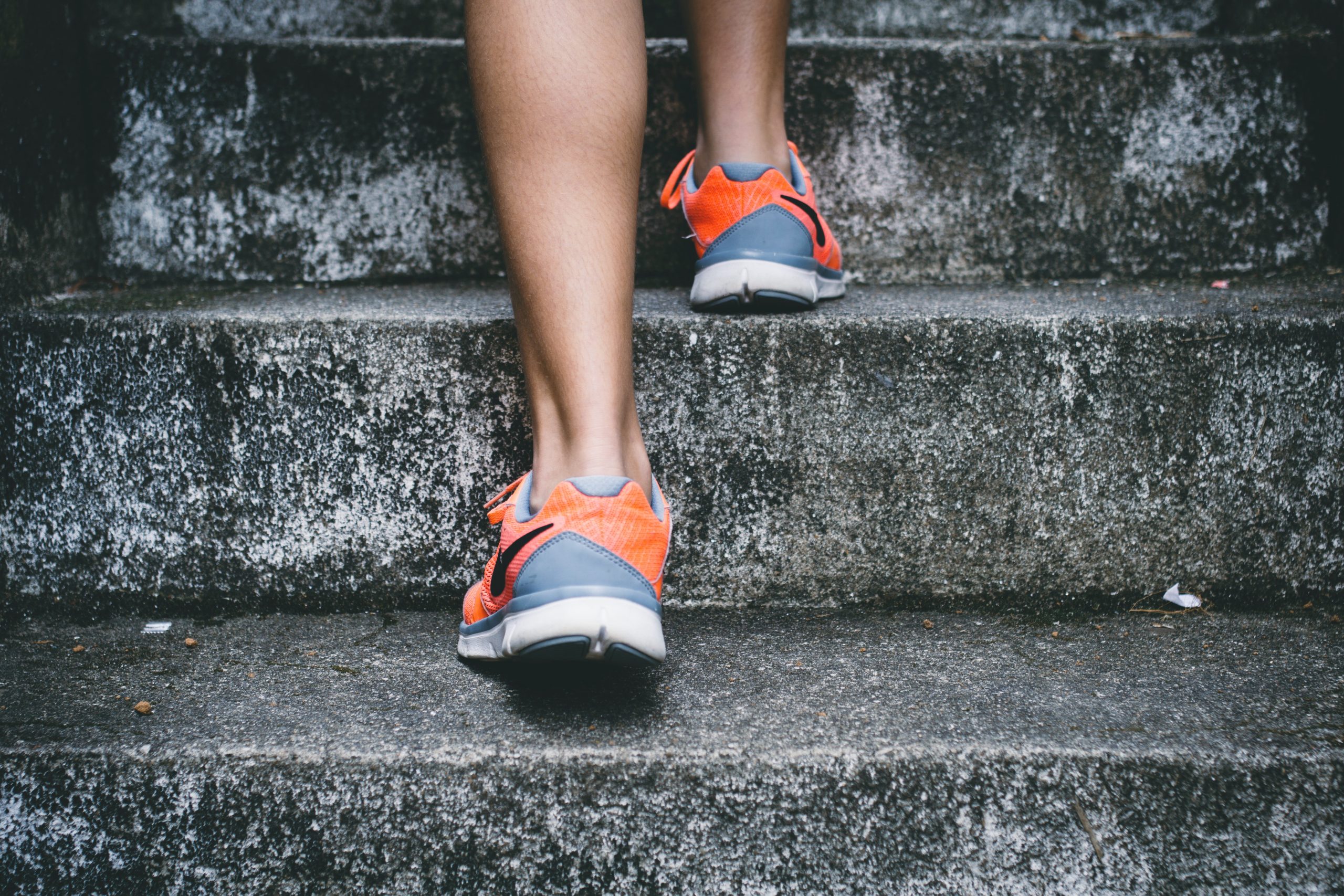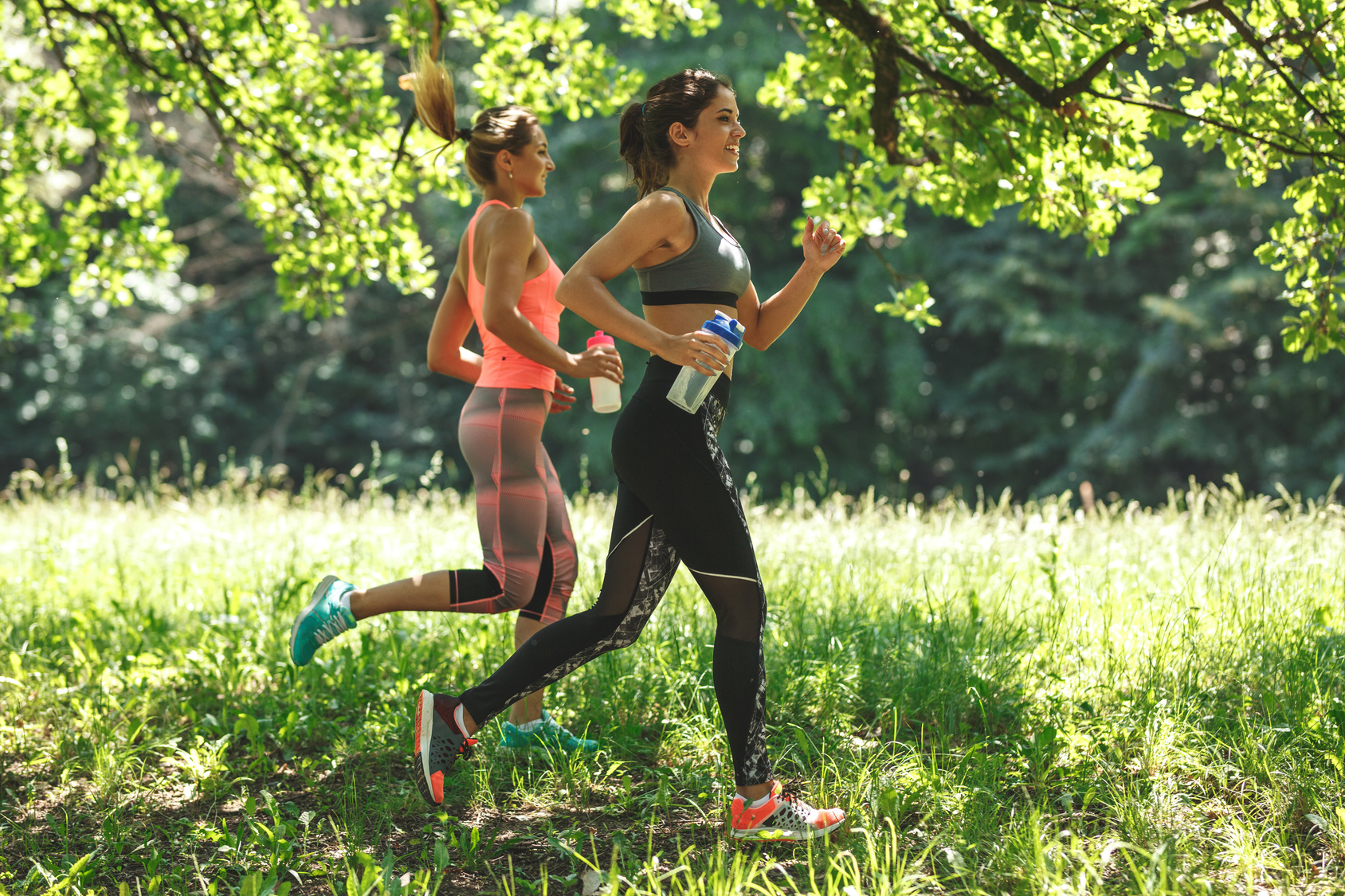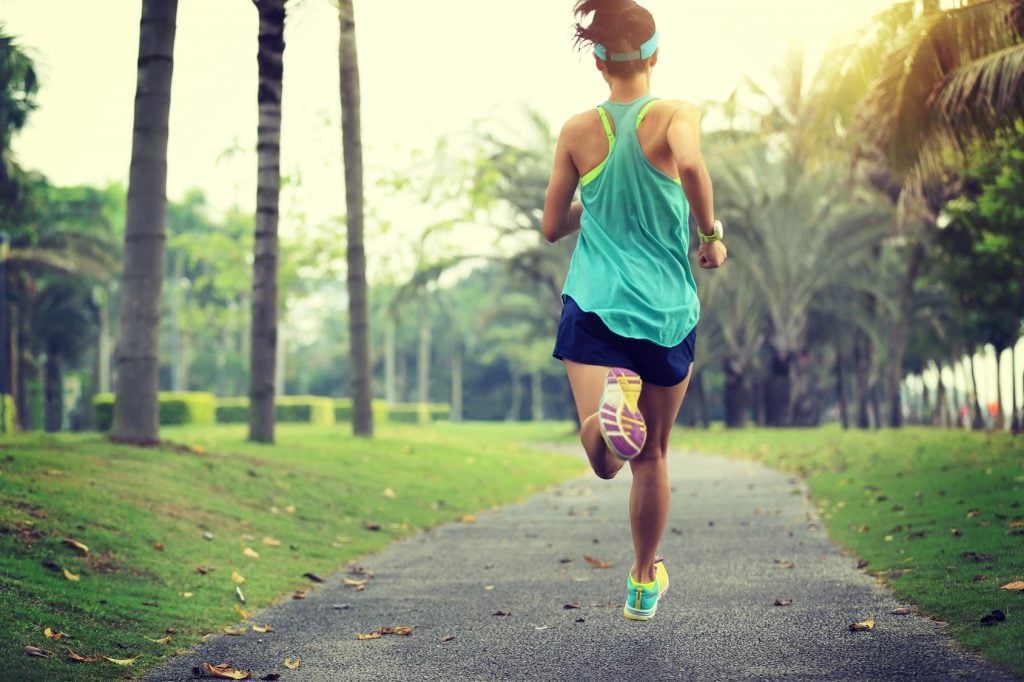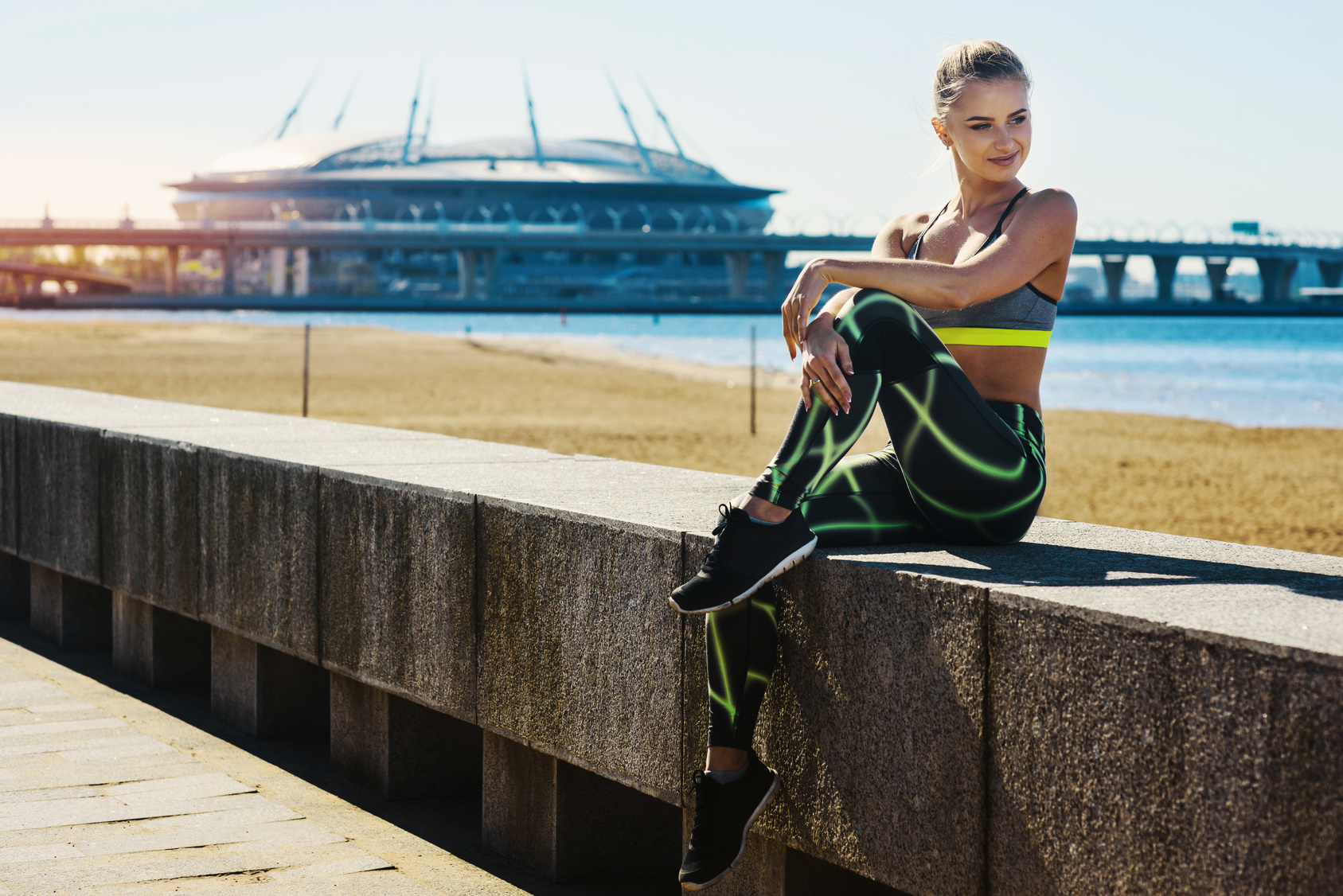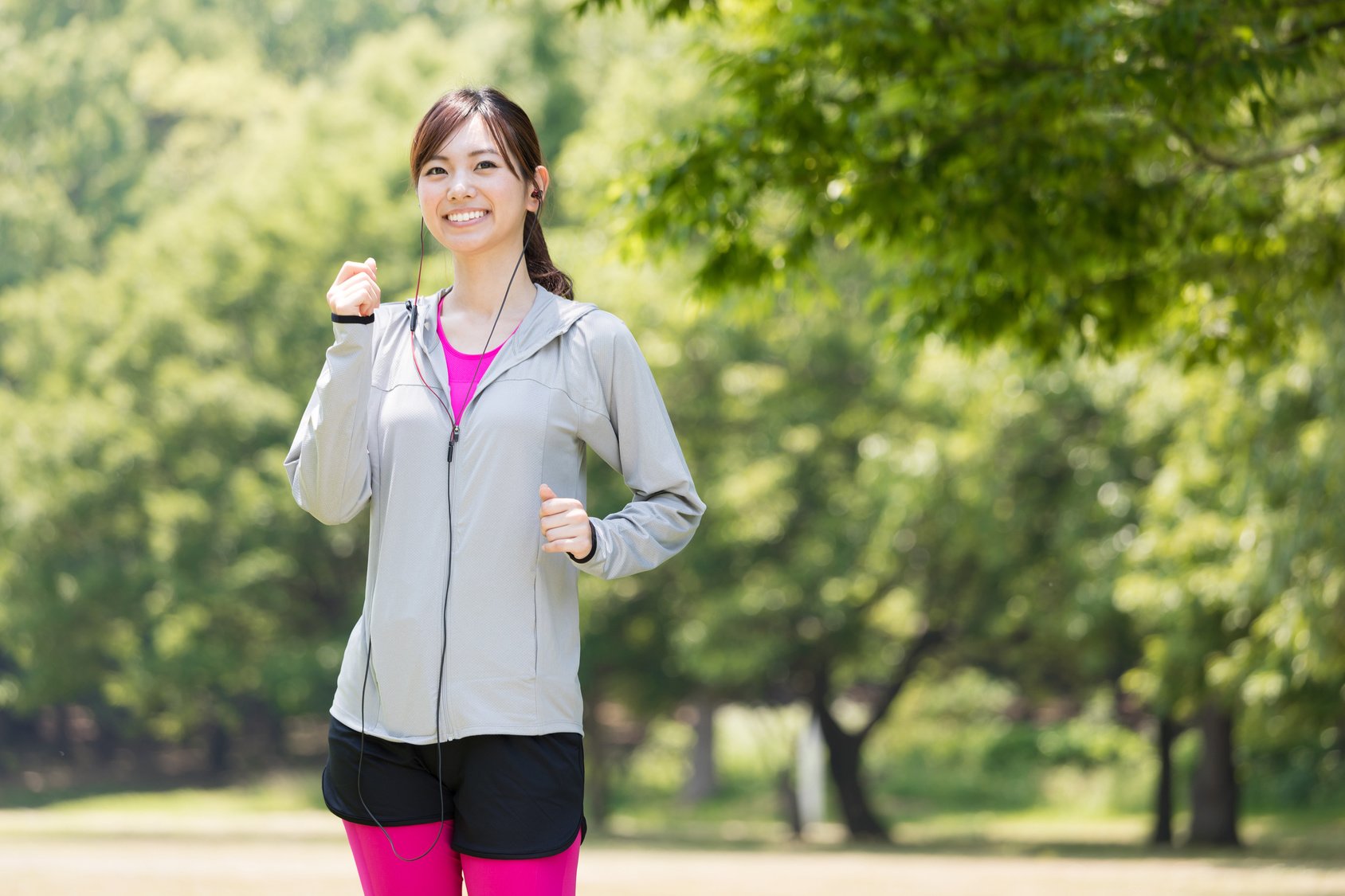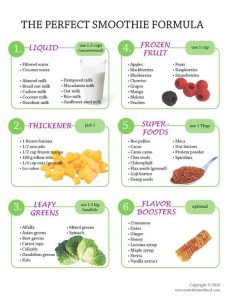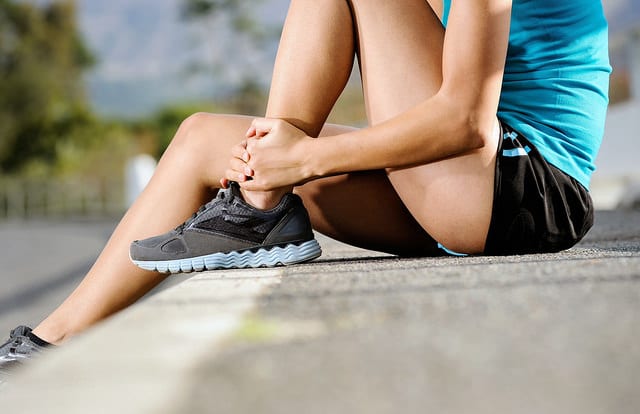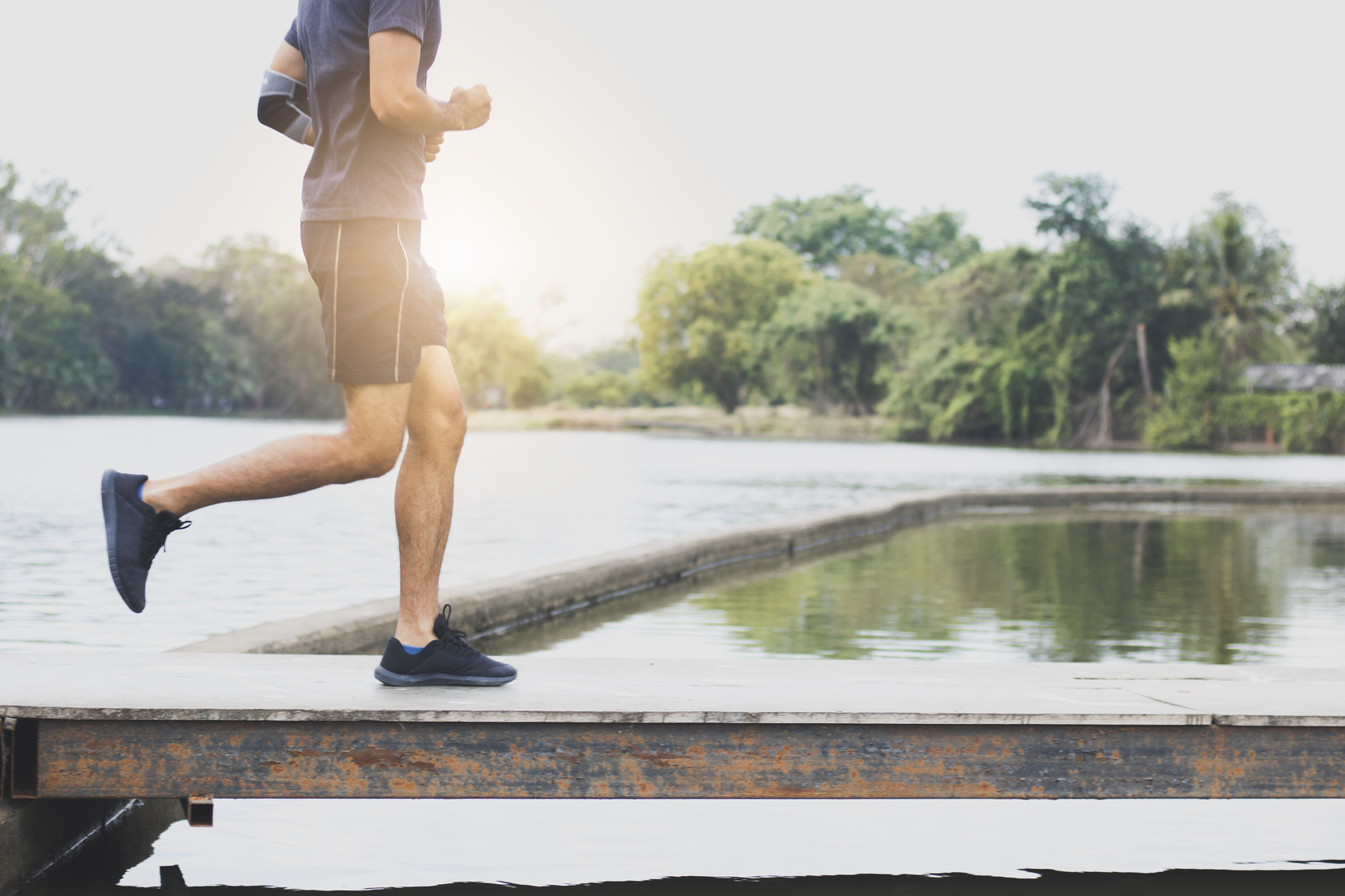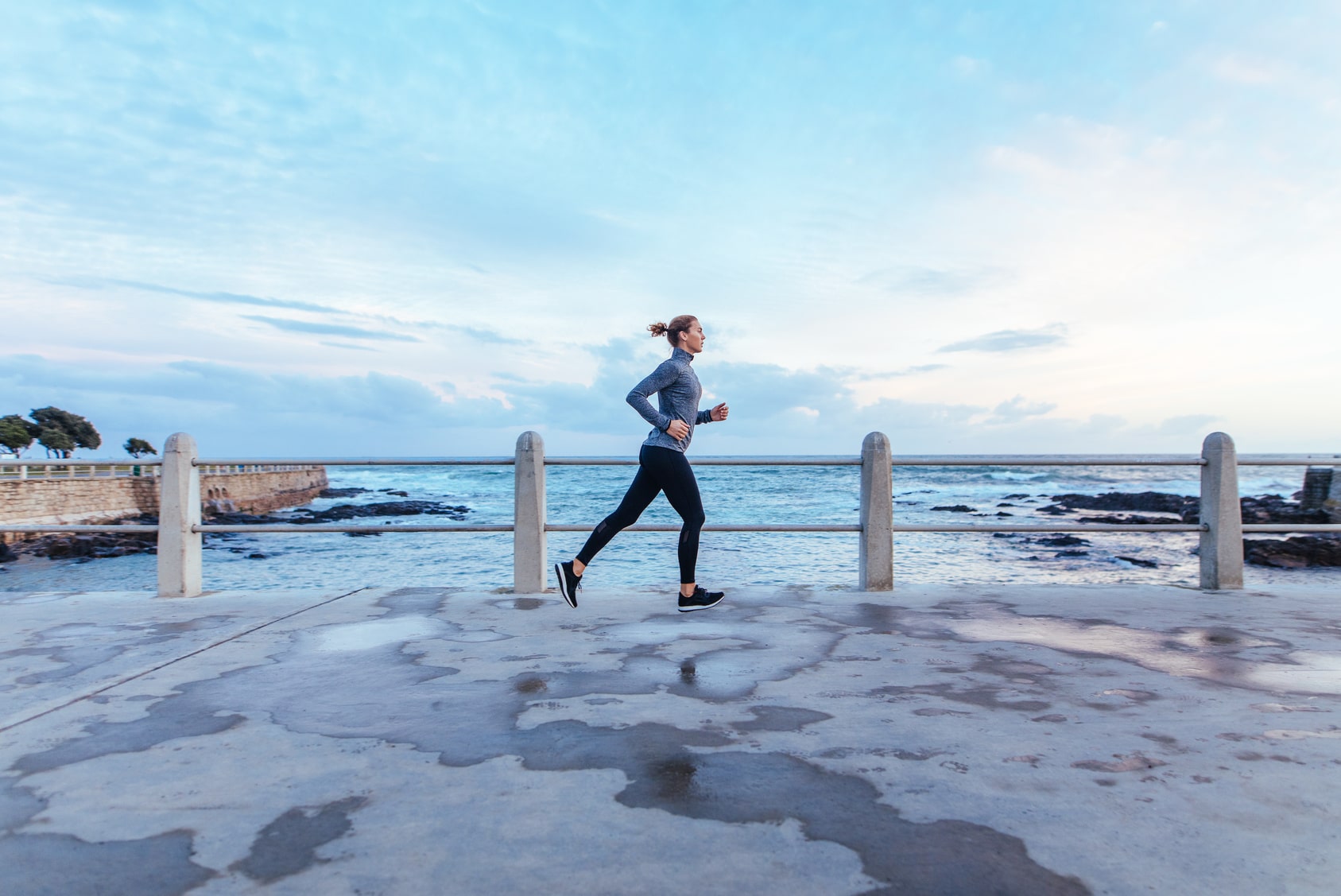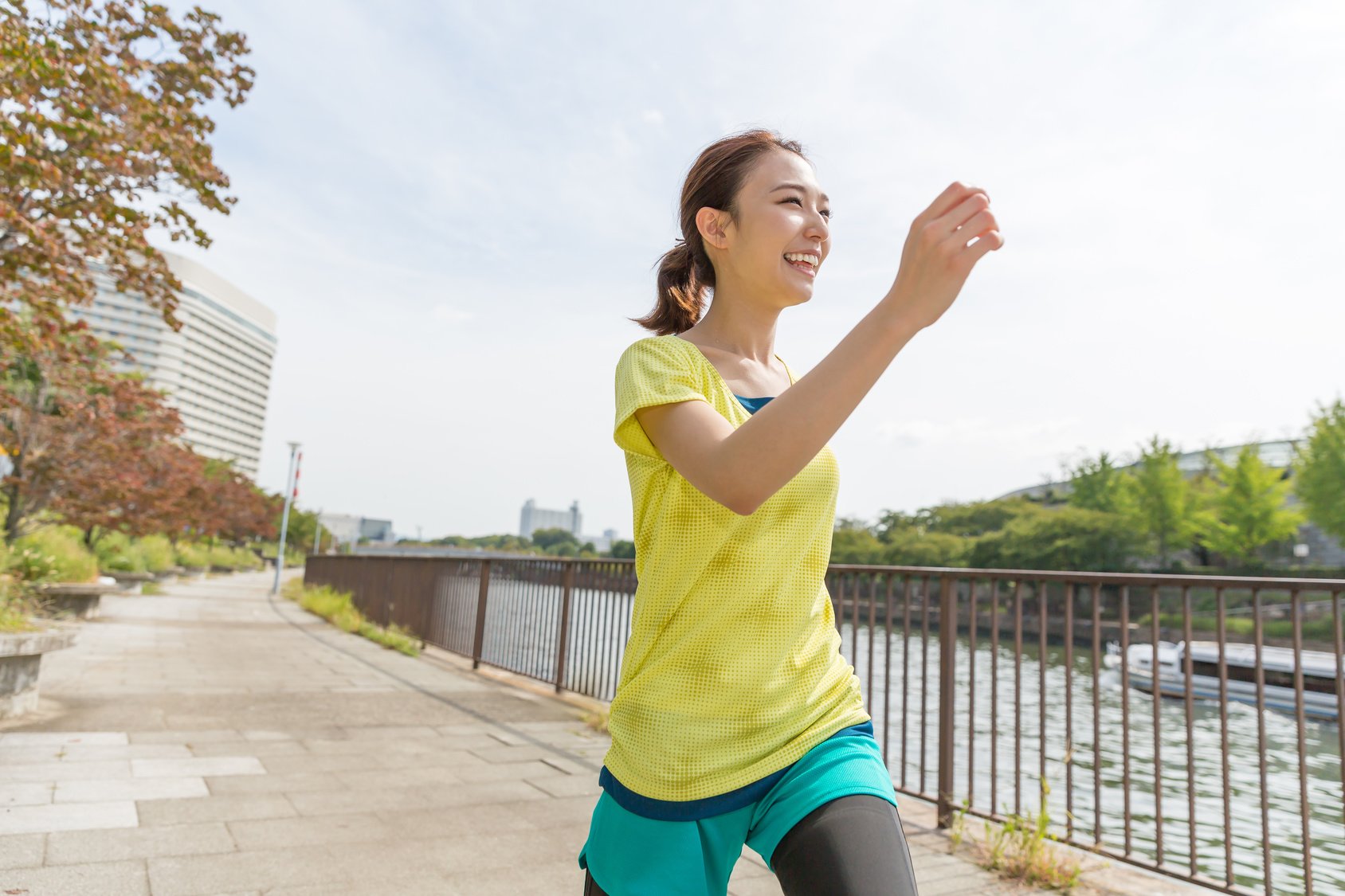Are you tired of those pesky hotspots ruining your runs? Well, fret no more because help is on the way.
We’ve all been there—the moment when your feet start feeling like they’re on fire while you’re out pounding the pavement. It’s not exactly the kind of sensation you signed up for when you laced up those running shoes, right?
But fear not! In this article, we’re diving deep into the world of hot spots—what causes them, why they happen, and, most importantly, how to treat and prevent them from putting a damper on your running game.
So, get ready to bid farewell to those fiery feet and say hello to a more comfortable and enjoyable running experience. Let’s get started, shall we?
What Is A Running Hotspot?
You see, hotspots are like the warning signs your body puts up to say, “Hey, slow down there! Your poor feet need a breather!” They’re like the body’s little red flags, indicating that your skin is being stretched a bit too much during those long runs.
So, how do you identify these sneaky hotspots? Well, it’s actually pretty straightforward. If you spot a reddish, painful area on your foot while running, congratulations, you’ve discovered a hotspot! The skin around that trouble zone may even feel warm and a tad saggy.
Now, here’s the crucial part—don’t ignore those hotspots. Ignoring them is like poking a sleeping dragon. They might seem bearable at first, tempting you to push through the discomfort, but trust me, things can take a turn for the worse if you don’t address them promptly. Before you know it, you’ll be altering your gait or, worst-case scenario, forced to hit the brakes on your training altogether.
Fortunately it’s not a hopeless case. First off, know that you’re not alone in this struggle. Hotspots are a common woe among runners, so you’re in good company. And the best part? There are simple yet effective measures you can take right now to bid those hotspots farewell once and for all.
But before we delve into the preventive measures, let’s satisfy our curiosity and uncover the underlying causes behind these pesky hotspots.
Running Shoes
When it comes to runners, hotspots tend to set up camp in specific areas. They love to make themselves at home on the ball of the foot, the Achilles tendon, and the base of the big toe—right where those pesky bunions tend to rear their ugly heads. Talk about an unwelcome party!
So, what’s to blame for these bothersome hotspots? Well, one major culprit is improper running shoes. When your shoes don’t fit just right, especially if they’re too tight, they can create a fiery friction festival between your foot and the shoe. It’s like a never-ending battle, with your poor feet suffocating inside those cramped quarters. And if your toe box is too narrow, watch out! It can irritate your big toe, leading to the dreaded hotspot situation.
The Solution
The key is to find the perfect pair of running shoes that will become your trusty sidekicks on your running adventures. Seek shoes that embrace comfort, with ample structural support, cushioning that feels like walking on clouds, and top-notch impact absorption. Head over to your nearest running store and embark on a shoe-fitting adventure. Try on different pairs, feel their embrace, and choose the one that makes your feet sing with joy.
Now, if you happen to have flat feet or a tendency to pronate excessively, fear not! There are running shoes out there designed just for you. Look for ones with a spacious toe box, offering freedom for your tootsies to wiggle and breathe. This will help minimize skin breakdown caused by the friction that can occur when the range of motion in your big toe is restricted.
Improper Tying
Believe it or not, even with the perfect pair of kicks, you can still find yourself in hotspot territory if you don’t master the art of proper lacing. It’s like trying to create a masterpiece painting but forgetting to use the right brushes.
Let’s dive into the world of shoelaces and unravel the secrets to preventing those pesky hotspots.
Here’s the thing: lacing your running shoes too tightly can lead to a world of discomfort. It’s like wrapping a constricting band around your foot, cutting off the blood flow and leaving you feeling trapped and irritated. On the flip side, lacing them too loosely is like trying to tame a wild stallion with loose reins—your foot will be slipping and sliding inside the shoe, causing friction and discomfort.
The Solution
So, what’s the solution? It’s all about finding that sweet spot in the lacing technique that ensures your shoes become an extension of your feet, providing support and comfort without suffocating or letting your foot roam free like a rogue adventurer.
The key is to achieve a snug fit that envelopes your heel, ankle, and arch when you tie your shoes. Think of it as giving your foot a warm embrace, like a cozy hug that says, “I’ve got you covered, foot buddy.” This way, you reduce the risk of any unnecessary friction between your foot and the shoe.
Now, here’s a golden rule: avoid cinching those laces too tightly.
It’s important to maintain proper blood circulation, as it’s the life force that keeps your feet happy and healthy.
Imagine trying to navigate a bustling city with blocked-off streets—it’s not a pretty sight. So, make sure you can slide your finger under the knot without much resistance. If it feels like you’re trying to squeeze a watermelon into a tiny jar, loosen up those laces a bit, my friend.
Oh, and here’s a pro tip: during your run, keep in mind that your feet may decide to puff up a bit. It’s like they’re saying, “Hey, we’re working hard here, give us some breathing room!” So, don’t be afraid to readjust and loosen your laces if you start feeling the pressure building up. Your feet will thank you for the extra wiggle room, and you can continue your run with ease.
Additional resource – Can you run on a broken toe?

Moisture inside of your Shoe
Logging the miles can, sooner or later, build up a sweat in your feet, creating a moist environment inside of your shoes. Since the skin can become more to hotspot when it’s wet in the presence of friction.
When this occurs, your shoes, socks, and feet begin rubbing against each other, resulting in hotspots.
The Solution
The secret lies in the power of proper socks. Yes, you heard me right—socks have the power to be your moisture-fighting superheroes.
Investing in the right pair of socks can work wonders in reducing friction and keeping your feet moisture-free. Think of them as your trusty sidekicks in the battle against hotspots. Look for socks that are not too thick, as you want to maintain a snug fit inside your shoes. No wrinkles allowed! Those sneaky little wrinkles can cause unnecessary rubbing and lead to trouble.
But here’s a crucial piece of advice: avoid cotton socks like the plague. Why, you ask? Well, cotton has this uncanny ability to soak up moisture like a sponge and hold onto it for dear life. And let’s face it, having soggy feet is not a pleasant experience. Instead, opt for socks made from moisture-wicking materials like synthetic blends or merino wool. These fabrics will work their magic by whisking away moisture and keeping your feet dry and happy.
Bad Running Technique
Good running technique is like a delicate dance between your feet and the ground, and if you’re not careful, it can lead to some serious hotspot drama. But fear not, for I have some insights that will help you put your best foot forward and minimize those pesky hotspots.
Now, let’s talk about running form. It’s like the foundation of your running kingdom, and if it’s not solid, trouble can arise. You see, an inefficient stride or excessive heel striking can be the culprits behind those unwelcome hotspots.
It’s like putting too much weight on one side of the dance floor, causing your feet to overstretch and the skin to cry out in discomfort.
The Solution
While you can’t completely eliminate friction inside your shoes while running (after all, that’s just a natural part of the game), you can definitely address the root cause—your running technique.
Consider this: a running gait analysis. Think of it as your very own dance instructor, but instead of teaching you the tango, they’ll examine your running gait with a keen eye. They’ll assess your form, identify any inefficiencies or issues, and then provide you with the proper guidance to improve your technique.
A physical therapist, well-versed in the art of running biomechanics, can be your guiding light. They’ll help you understand your unique running style, recommend the right shoes that complement your gait, and even prescribe corrective exercises or measures to address any imbalances or weaknesses.
It’s like a personalized coaching session for your feet, ensuring they move in harmony with the ground and minimizing the risk of hotspots crashing the party. So, take a step in the right direction and seek the guidance of a skilled professional. They’ll help you fine-tune your running technique, so you can glide across the miles with grace and leave those hotspots in the dust.
Additional guide – Running with bunions guide
Foot Structure
Let’s dive deeper into this intricate interplay and explore how high arches and flat feet can influence the hotspot storyline.
First, let’s talk about those high arches, or what some may call “hollow feet.” It’s like having feet that are extra flexible, ready to bend and stretch with every stride. While this flexibility can be a blessing, it also comes with a price—the skin on the bottom of your feet can get caught in the crossfire. Picture a rubber band being stretched to its limits, putting immense pressure on the arch, and voila! Hotspot alert.
But wait, there’s more to this foot tale. Flat feet, my friend, can also make you more prone to those sneaky hotspots. It’s like having a flatter dance floor, where your feet have less natural arch support. Without that stable structure, the skin on the bottom of your feet is left vulnerable to excessive friction and potential hotspot formation.
The Solution
Now, let’s explore some solutions to keep those hotspots at bay. Enter the trusty physical therapist, your foot whisperer in this tale. Consult with them to uncover proactive treatment options tailored to your unique running lifestyle. They’ll assess your foot structure, evaluate your gait, and provide you with personalized recommendations.
One potential solution lies in the realm of orthotics. These nifty devices, available in the form of insoles or tapes, can provide your arches with the support and structure they need. It’s like giving your feet a reliable dance partner that knows all the right moves, keeping your arches happy and reducing the risk of hotspots crashing the party.
And for those with flat feet, here’s a tip just for you. Consider seeking out running shoes with a larger toe box. It’s like giving your toes a spacious ballroom to showcase their moves. By allowing for a greater range of motion in the big toe, you minimize the skin breakdown that can result from excessive friction.
Additional guide – How to run with seasonal Allergies
Bonus tip-Decrease Friction
Another way to reduce friction inside your shoes is to lubricate your feet.
I’d recommend an anti-blister or chafing product such as Body Glide. A slippery foot stands less risk of getting irritated or damaged.
A slippery foot stands less risk of getting irritated or damaged.
You can also apply blister plasters or zinc oxide tapes to blister prone areas in your feet. This won’t cost you much, but it’ll help a lot. And you want that.
Additional Resources:
Hotspots While Running – The Conclusion
So that now that you know more than average runners on the causes of prevention of hot spout, it’s time for you to take action.
As I have already explained, hotspots while running are by no means serious issues.
You shouldn’t panic. As you have seen, there are plenty of things you can do right to fix what’s wrong. You just need to get to it and do it right.

